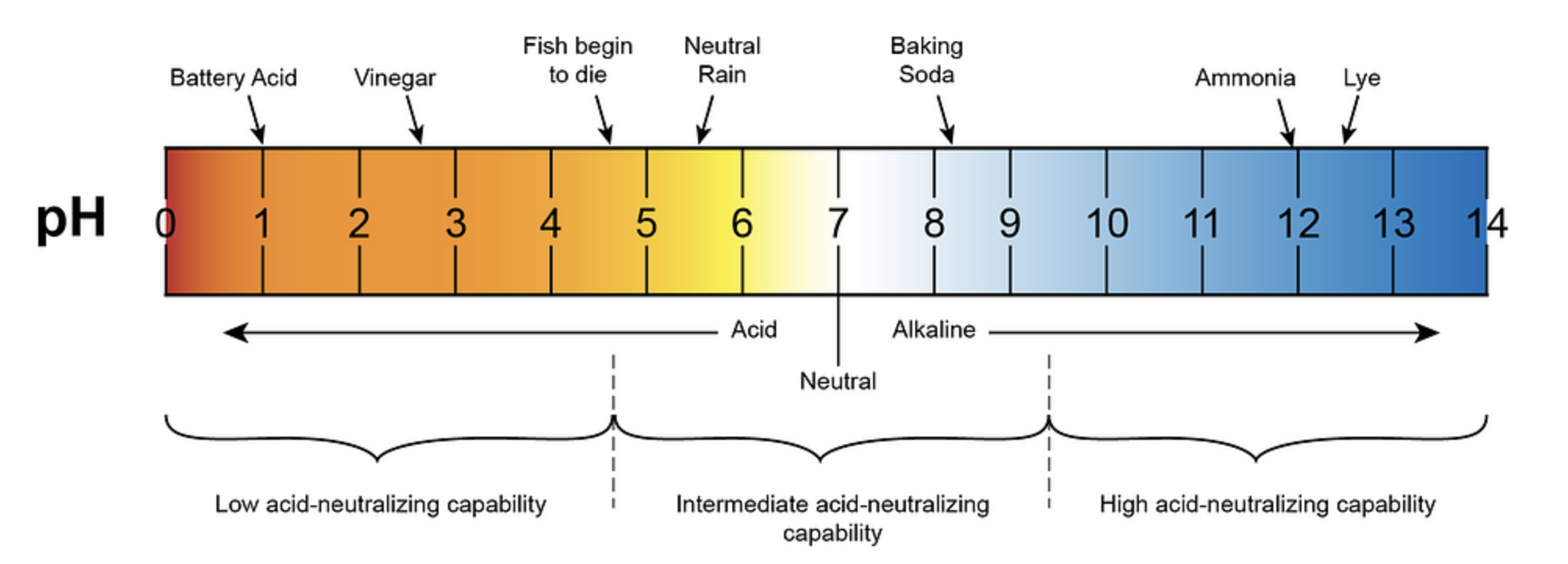To test the acidity of coffee, you can use a pH meter or pH test strips that are specific enough to show the difference in acidity levels. These specialized pH papers will have resolution to 0.1 pH, but they might not be readily available except from laboratory supply firms. An inexpensive electronic pH tester could be a good alternative, as it would provide a resolution of 0.1 pH.
Measuring Coffee Acidity with pH Test Strips
When testing the acidity of coffee, it’s important to keep in mind that black coffee has a pH of around 5, and the variations you need to measure may be very slight and difficult to test with universal paper pH strips, which have a color resolution of about 1 pH.
To test the acidity of coffee using pH test strips:
- Grind and brew each of the coffee samples.
- Measure the acidity level of the brewed coffee.
It’s important to note that the acidity of these samples may all be very similar since they are still all coffee. To get pH test strips that are specific enough to show the difference in acidity levels, you might consider looking for specialized pH papers with a resolution of 0.1 pH, or an inexpensive electronic pH tester.
Titration Method for Precise Acidity Measurement
If you’re interested in a more precise method, you could consider using titration methods, which are typically used by chemists to determine acidity. This method involves:
- Creating a known dilution of your coffee sample.
- Adding an indicator.
- Slowly adding a known base solution until the indicator changes color.
- Calculating the pH of the sample based on the dilution and the amount and pH of the base added.
Effects of Roasting on Coffee Acidity
In addition to pH testing, it’s also important to consider the roasting process and its effects on coffee acids. The roasting process may increase or reduce the acidity of many coffees depending on the type of beans. These acids are the reason that gives any coffee distinct characteristics, and the process of roasting turns those characteristics into the best form. The wide range of good and bad acids the coffee contains starts disappearing and converting to the extent that becomes good.
Low Acid Coffees
When it comes to low acid coffees, the brewed coffee that has low acidity is the one having a little to no amount of quinic acid. This coffee has almost a neutral pH level compared to other typical coffees. Most low acid coffees have a pH scale of 6, which is very close to the water, which is neutral having a pH of 7.
In summary, to test the acidity of coffee, you can use pH test strips or an electronic pH tester, and consider titration methods for a more precise measurement. It’s also important to keep in mind the effects of the roasting process on coffee acids and to look for low acid coffees with a pH scale of 6 or close to it.
References:
– Coffee Acidity Measurement
– Measuring Low Acid Coffee
– Acidity in Coffee
– What is Acidity in Coffee?

